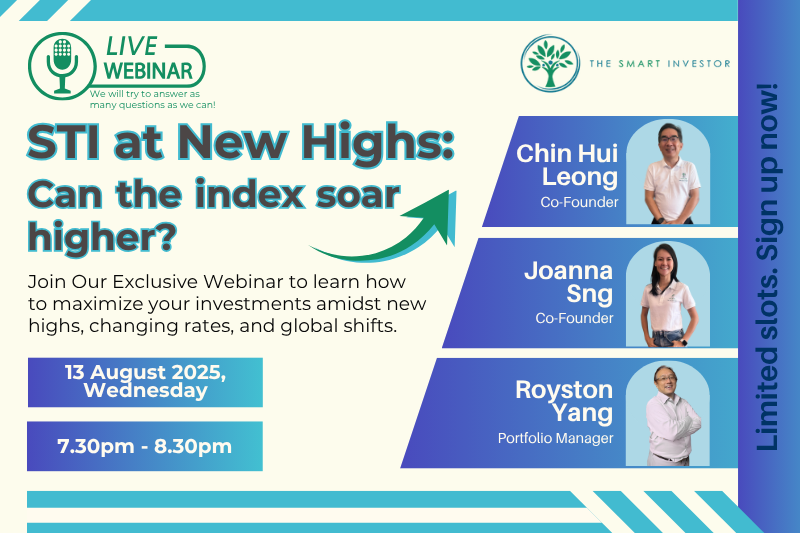Welcome to the final part of this series that explores biases and fallacies derived from the book “The Art of Thinking Clearly” by Rolf Dobelli.
In case you missed them, here are the links to the first eight parts of this useful series.
Part 1 – click HERE
Part 2 – click HERE
Part 3 – click HERE
Part 4 – click HERE
Part 5 – click HERE
Part 6 – click HERE
Part 7 – click HERE
Part 8 – click HERE
It pays to be aware of these biases to be able to make better investment decisions.
Being cognizant of them will also allow you to avoid screwing up your investment thought process.
Forer effect
The forer effect is present when generalised statements are made that everyone can agree with, and do not have any negative connotations.
The problem with such statements is that it’s tough to disagree with them as they are universally agreed upon to be “positive”.
Hence, it pays to be very wary when reading such statements.
An example would be a brokerage report stating that “the stock has significant upside, even in a tough competitive environment” or “the company should continue to do well despite facing headwinds”.
Such statements are too general and the reader will tend to agree with them rather than question them.
Simply agreeing makes it easy for investors to get sucked into believing whatever the analyst wants them to believe.
Affect heuristic
The affect heuristic describes how our emotional reaction to an issue determines how we assess its risks and benefits.
If we favour something, we tend to believe that the risks are smaller or benefits larger than they are.
This erroneous belief can be dangerous when it comes to investing.
Your preference for a specific stock or sector may cause you to be over-optimistic about its prospects and downplay its risks.
Like it or not, as humans, we tend to make decisions based on emotion rather than cold, hard logic.
If you can be completely honest with yourself, you can then safely disregard the affect heuristic and end up making a rational investment decision.
Alternative blindness
Alternative blindness describes a situation where we systematically forget to compare an existing offer with the next-best alternative.
This phenomenon occurs when someone recommends a stock to us.
This stock may sound attractive compared to the returns obtained from parking your money in a fixed deposit account.
However, the tendency is for the investor to ignore all other alternatives and just focus on the one provided.
By doing so, he is doing himself a disservice as the money could have been allocated to much more attractive opportunities.
So, it is important to consider all alternatives rather than to be fixated on just the most convenient and/or available choice.
Our beginner’s guide to investing is finally here! Many investors took years to understand the principles inside, but you can have it all in one afternoon. If you have just started investing, download our free guide today so you can catch up quickly. Click here to download now.
Follow us on Facebook and Telegram for the latest investing news and analyses!
Disclosure: Royston Yang does not own any of the companies mentioned.




